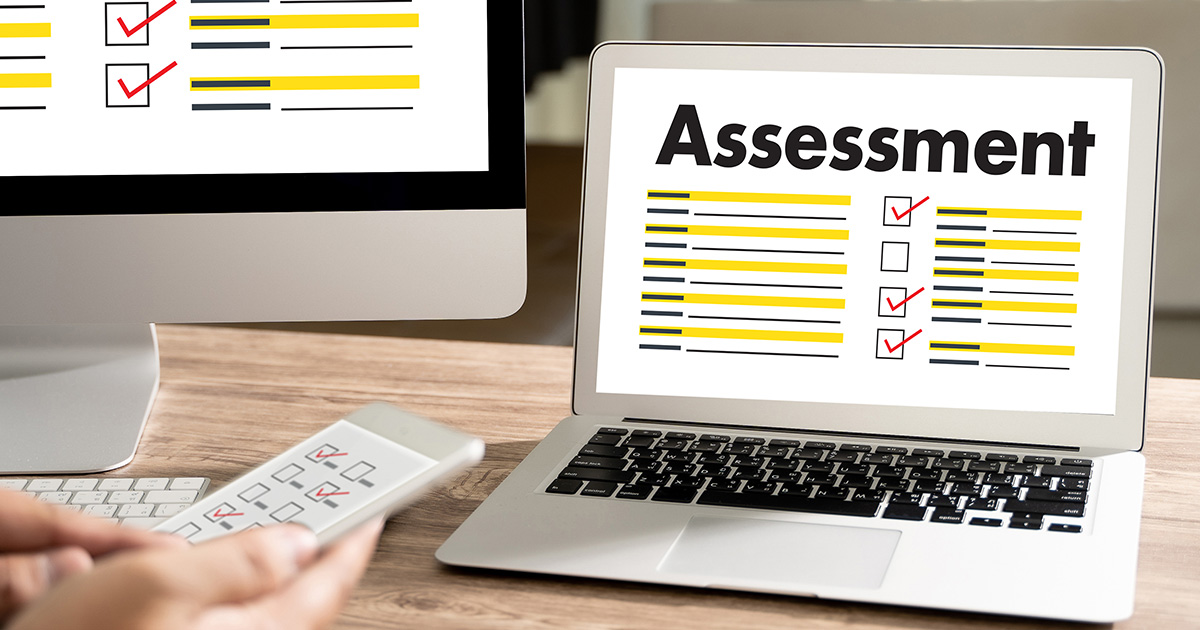
Make the Right Investment with Training Needs Analysis
Conduct skill gap identification with training needs analysis, plan the right training investments and increase training ROI.

Organizations allocate millions of dollars to training budgets every year. But how much of these investments truly meet actual needs? Research shows that 70% of corporate training fails to create the expected impact. The main reason: assumption-based training planning without proper training needs analysis.
Instead of assuming what employees don't know, it's necessary to identify what they need to learn based on data. Not all performance problems stem from training deficiencies; sometimes they can be system, motivation, or resource issues.
TestEd offers a powerful platform that enables organizations to systematically analyze, prioritize, and make the right training investments.
The right training creates value when delivered to the right person at the right time. Setting up this equation starts with effective needs analysis.
What is Training Needs Analysis and Why is it Critical?
Training Needs Analysis (TNA) is a systematic process that identifies the gap between current performance and desired performance and determines whether this gap can be closed through training.
Critical Importance of Needs Analysis
-
Resource Optimization: Directing limited training budget to the most effective areas
-
Strategic Alignment: Aligning training with corporate goals
-
ROI Maximization: Ensuring maximum return on training investments
-
Employee Satisfaction: Motivation increase through needs-appropriate training
-
Competitive Advantage: Rapid development in critical competencies
Skill Gap Analysis
Skill gap analysis is a fundamental component of training needs analysis. It measures the difference between current competencies and target competencies.
Skill Gap Identification Steps
-
Target Competency Determination: Competencies required for the role are defined
-
Current State Measurement: Employees' current competency levels are determined
-
Gap Analysis: Gaps between target and current are calculated
-
Prioritization: Critical gaps are prioritized
-
Training Plan: Appropriate training method is determined for each gap
Skill gap analysis is conducted automatically with TestEd's competency assessment tool.
Needs Analysis Methods
An effective training needs analysis uses multiple data collection methods.
1. Performance Evaluation Analysis
Common weaknesses are identified by analyzing current performance evaluation results. Performance data is automatically converted into training needs with employee development analytics.
2. Surveys and Interviews
-
Employee needs surveys
-
Manager interviews
-
Focus group studies
-
Customer feedback
3. Observation and Job Analysis
Performance issues and training requirements are determined by observing employees' daily work.
Data-Driven Needs Determination
Modern training needs analysis is based on data, not guesswork. TestEd automatically analyzes from various data sources.
Data Sources
-
Test Results: Knowledge and skill measurements
-
Performance Metrics: KPIs and target achievement rates
-
360 Degree Feedback: Multi-source evaluations
-
Error and Complaint Analyses: Root causes of quality problems
-
Sales and Customer Data: Needs based on business results
Needs Prioritization
Not all training needs are equally important. Prioritization is critical to use resources most effectively.
Prioritization Criteria
-
Business Impact: How high is the impact on performance?
-
Urgency: How quickly should it be resolved?
-
Number of People Affected: How many employees have this need?
-
Solution Cost: How much resources does training require?
-
Strategic Priority: Is there alignment with corporate goals?
Creating a Training Plan
Needs analysis results should be converted into a concrete training plan.
Components of Training Plan
-
Target Audience: Who will receive training?
-
Learning Objectives: What will be learned?
-
Training Method: Classroom, online, blended, coaching?
-
Duration and Timing: How long will it take, when will it be conducted?
-
Budget: What is the cost?
-
Measurement Criteria: How will success be measured?
Measuring Training ROI
The process that begins with needs analysis is completed with training ROI measurement. With department-based training measurement, you can see which training is effective.
ROI Calculation
ROI = (Training Benefits - Training Costs) / Training Costs × 100
The right training creates value when delivered to the right person at the right time. Setting up this equation starts with effective training needs analysis. Optimize your training investments by conducting data-driven needs identification instead of assumption-based training planning.
TestEd offers skill gap analysis, performance evaluation, prioritization and training planning processes on a single platform. Use your training budget most effectively, meet real needs and maximize your ROI.
Make your training investments strategic. Explore TestEd training needs analysis solutions and request a demo.
Frequently Asked Questions
What is training needs analysis?
Training Needs Analysis (TNA) is a systematic process that identifies the gap between current performance and desired performance and determines whether this gap can be closed through training. It is critical for resource optimization, strategic alignment, ROI maximization, employee satisfaction, and competitive advantage.
How to conduct skill gap analysis?
Skill gap analysis is conducted in five steps: 1) Target competency determination (competencies required for the role are defined), 2) Current state measurement (employees' current competency levels are determined), 3) Gap analysis (gaps between target and current are calculated), 4) Prioritization (critical gaps are prioritized), 5) Training plan (appropriate training method is determined for each gap). This process is automated with TestEd's competency assessment tool.
What methods are used for training needs analysis?
An effective training needs analysis uses multiple data collection methods: 1) Performance evaluation analysis (current performance results are analyzed), 2) Surveys and interviews (employee needs surveys, manager interviews, focus group studies, customer feedback), 3) Observation and job analysis (performance issues are identified by observing employees' daily work).
How to conduct data-driven needs determination?
Modern training needs analysis is based on data, not guesswork. TestEd automatically analyzes from these data sources: Test results (knowledge and skill measurements), performance metrics (KPIs and target achievement rates), 360-degree feedback (multi-source evaluations), error and complaint analyses (root causes of quality problems), sales and customer data (needs based on business results).
How to prioritize training needs?
Training needs are prioritized according to these criteria: 1) Business impact (how high is the impact on performance?), 2) Urgency (how quickly should it be resolved?), 3) Number of people affected (how many employees have this need?), 4) Solution cost (how much resources does training require?), 5) Strategic priority (is there alignment with corporate goals?). Not all training needs are equally important; prioritization is critical to use resources most effectively.
How to create a training plan?
Needs analysis results should be converted into a concrete training plan. Components of the training plan: Target audience (who will receive training?), learning objectives (what will be learned?), training method (classroom, online, blended, coaching?), duration and timing (how long will it take, when will it be conducted?), budget (what is the cost?), measurement criteria (how will success be measured?). TestEd offers skill gap analysis, performance evaluation, prioritization and training planning processes on a single platform.






Optimize Your Training Investments!
Create the right training plans with skill gap analysis and data-driven needs identification. Increase training ROI.
Request Free Demo